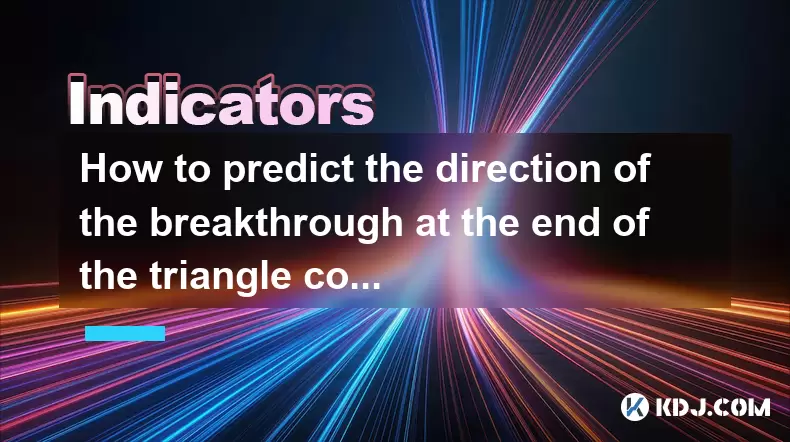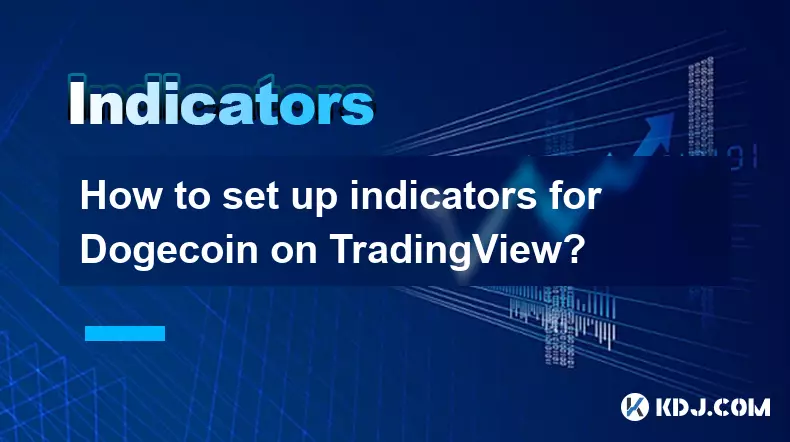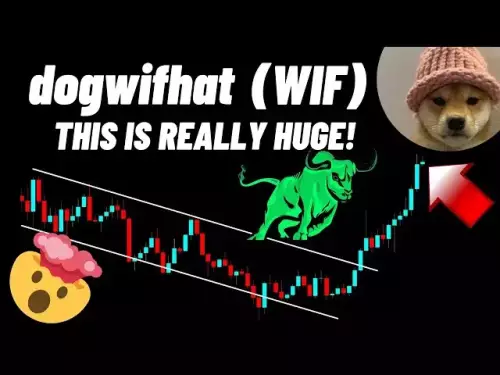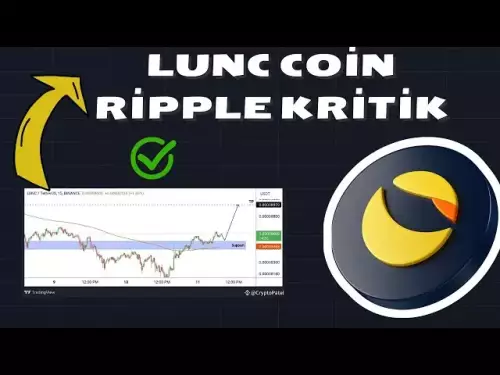-
 Bitcoin
Bitcoin $111900
0.34% -
 Ethereum
Ethereum $4542
-1.51% -
 XRP
XRP $2.980
-1.01% -
 Tether USDt
Tether USDt $0.0000
-0.02% -
 BNB
BNB $861.4
-0.04% -
 Solana
Solana $207.9
2.79% -
 USDC
USDC $0.9998
-0.01% -
 Dogecoin
Dogecoin $0.2209
0.17% -
 TRON
TRON $0.3473
-1.12% -
 Cardano
Cardano $0.8581
-1.34% -
 Chainlink
Chainlink $23.84
-2.38% -
 Hyperliquid
Hyperliquid $48.26
-4.16% -
 Ethena USDe
Ethena USDe $1.001
0.01% -
 Sui
Sui $3.472
-0.27% -
 Cronos
Cronos $0.3590
72.87% -
 Stellar
Stellar $0.3810
-2.43% -
 Bitcoin Cash
Bitcoin Cash $554.3
0.71% -
 Avalanche
Avalanche $24.62
1.04% -
 Hedera
Hedera $0.2383
-1.49% -
 UNUS SED LEO
UNUS SED LEO $9.549
0.07% -
 Litecoin
Litecoin $112.9
-1.18% -
 Toncoin
Toncoin $3.153
-1.34% -
 Shiba Inu
Shiba Inu $0.00001255
-0.21% -
 Uniswap
Uniswap $10.05
0.70% -
 Polkadot
Polkadot $3.867
-0.65% -
 Dai
Dai $0.9998
-0.03% -
 Bitget Token
Bitget Token $4.633
-1.37% -
 Monero
Monero $272.4
-1.74% -
 Aave
Aave $325.6
-2.37% -
 Pepe
Pepe $0.00001011
-1.05%
How to predict the direction of the breakthrough at the end of the triangle consolidation?
Triangle consolidation in crypto trading signals potential breakouts, but traders must confirm direction using volume, indicators, and risk management to avoid false moves.
Jun 14, 2025 at 09:28 pm

Understanding Triangle Consolidation in Cryptocurrency Trading
In the world of cryptocurrency trading, technical analysis plays a vital role in identifying potential price movements. One of the most commonly observed patterns is the triangle consolidation pattern. This formation occurs when the price of an asset moves within a narrowing range, creating a triangular shape on the chart. The triangle typically forms during periods of indecision in the market, where neither buyers nor sellers are able to push the price decisively in one direction.
The key components of a triangle consolidation include two converging trendlines — one drawn along the swing highs (resistance) and another along the swing lows (support). As time progresses, these lines come closer together, indicating that a breakout is imminent. However, the challenge lies in predicting which direction the breakout will occur — either upward or downward.
Types of Triangle Patterns and Their Implications
There are three primary types of triangle consolidations: ascending triangles, descending triangles, and symmetrical triangles. Each has its own implications regarding the likely breakout direction.
- Ascending Triangle: Characterized by a flat resistance line and a rising support line. This pattern often signals a potential bullish breakout, as buyers gain strength with each successive low.
- Descending Triangle: Features a flat support line and a descending resistance line. It usually indicates a possible bearish breakout, suggesting that sellers are gaining control.
- Symmetrical Triangle: Formed by two converging diagonal lines, representing equal pressure from both buyers and sellers. This pattern is more neutral and requires additional confirmation before predicting the breakout direction.
Recognizing which type of triangle is forming is essential for traders who want to anticipate the next move in the cryptocurrency market.
Volume Analysis During Triangle Formation
One of the most effective tools for confirming a breakout direction is volume analysis. Volume typically contracts as the triangle narrows, reflecting reduced market activity. However, a genuine breakout is usually accompanied by a noticeable increase in volume.
If the price breaks out to the upside with high volume, it suggests strong buying interest and increases the likelihood that the breakout is valid. Conversely, if the price drops below support with a surge in selling volume, this confirms bearish momentum.
Traders should monitor volume levels closely, especially near the apex of the triangle, where false breakouts are more common. A valid breakout often occurs before reaching the apex, giving early entrants a strategic advantage.
Using Technical Indicators to Confirm Breakout Direction
In addition to chart patterns and volume, traders can employ various technical indicators to improve their accuracy in predicting breakout direction.
- Moving Averages: When the price is above key moving averages (e.g., 50-day or 200-day), it may signal bullish sentiment. A breakout above resistance while prices remain above these levels strengthens the case for an upward move.
- Relative Strength Index (RSI): If RSI is trending higher within the triangle, it could indicate strengthening momentum, favoring a bullish breakout. On the contrary, declining RSI values might suggest weakening demand and a potential bearish move.
- MACD (Moving Average Convergence Divergence): A bullish MACD crossover inside the triangle can foreshadow an upward breakout, while a bearish crossover may hint at a downward move.
Combining these indicators with the triangle pattern provides a more comprehensive view of potential price action.
Monitoring Price Action Near Key Levels
As the price approaches the upper or lower boundary of the triangle, observing how it reacts becomes crucial. Price rejection at resistance or support can offer clues about the upcoming breakout.
- Rejection Candles: A sharp reversal candlestick near the resistance level may signal strong selling pressure, increasing the chance of a bearish breakout.
- Break and Re-test: Sometimes the price briefly breaks a trendline but then reverses. This behavior can be misleading unless confirmed with volume and other indicators.
It’s also important to look at previous support and resistance levels beyond the triangle itself. If the triangle is forming near a significant historical level, the breakout may be influenced by that area's psychological importance.
Implementing Risk Management Strategies
Predicting the breakout direction correctly doesn’t guarantee profits without proper risk management. Traders should always set stop-loss orders to limit potential losses if the breakout fails.
- Place a stop-loss order just beyond the opposite side of the triangle.
- Use a trailing stop once the trade is in profit to lock in gains.
- Determine the risk-to-reward ratio before entering the trade to ensure favorable conditions.
Entering a trade too early or without confirmation can lead to substantial losses, especially in volatile crypto markets where false breakouts are frequent.
Frequently Asked Questions
Q1: Can triangle consolidations appear on all timeframes in cryptocurrency charts?Yes, triangle consolidations can form on any timeframe, from 1-minute charts to weekly charts. However, higher timeframe triangles (like daily or weekly) tend to produce more reliable breakouts due to increased participation from institutional traders.
Q2: What is a false breakout, and how can I avoid it?A false breakout occurs when the price temporarily moves beyond a key level but quickly reverses. To avoid false breakouts, wait for a close beyond the trendline with a surge in volume and use multiple confirmation tools like candlestick patterns or technical indicators.
Q3: How long can a triangle consolidation last in crypto markets?The duration varies depending on the asset and market conditions. In highly volatile cryptocurrencies, triangle consolidations may last only a few hours or days. On longer timeframes, they can persist for weeks before a breakout occurs.
Q4: Should I trade every triangle consolidation I see?No, not every triangle leads to a successful breakout. It’s essential to evaluate the context, including volume, prior trend, and broader market sentiment, before deciding to trade. Discipline and patience are critical in avoiding unnecessary trades.
Disclaimer:info@kdj.com
The information provided is not trading advice. kdj.com does not assume any responsibility for any investments made based on the information provided in this article. Cryptocurrencies are highly volatile and it is highly recommended that you invest with caution after thorough research!
If you believe that the content used on this website infringes your copyright, please contact us immediately (info@kdj.com) and we will delete it promptly.
- Mastercard, Circle, and Stablecoin Settlements: A New Era for Digital Commerce?
- 2025-08-28 10:45:14
- Algorand, XBTO, and the Art of Market Making: A New Era for ALGO?
- 2025-08-28 11:10:13
- Finastra, Circle, and USDC: Revolutionizing Cross-Border Payments, Ya Know?
- 2025-08-28 11:10:13
- Chainlink's Wild Ride: Regulatory Hope vs. Bearish Momentum – A NYC Perspective
- 2025-08-28 11:25:13
- MELANIA Meme Coin: High-Risk Gamble or Hidden Gem?
- 2025-08-28 08:45:14
- XRP's Institutional Ascent: CME Open Interest and ETF Hopes
- 2025-08-28 09:30:13
Related knowledge

How to set up indicators for Dogecoin on TradingView?
Aug 25,2025 at 04:23pm
Understanding Dogecoin and TradingView1. Dogecoin, initially created as a meme-based cryptocurrency, has evolved into a widely traded digital asset. I...

What does it mean when the +DI and -DI cross frequently in the DMI indicator but the ADX is flattening?
Aug 11,2025 at 03:15am
Understanding the DMI Indicator ComponentsThe Directional Movement Index (DMI) is a technical analysis tool composed of three lines: the +DI (Positive...

What does the sudden appearance of a "dark cloud cover" candlestick pattern during an uptrend indicate?
Aug 13,2025 at 11:35am
Understanding the 'Dark Cloud Cover' Candlestick PatternThe dark cloud cover is a bearish reversal pattern in technical analysis that typically appear...

What does it mean when the moving average, MACD, and RSI all send buy signals simultaneously?
Aug 11,2025 at 01:42pm
Understanding the Convergence of Technical IndicatorsWhen the moving average, MACD, and RSI all generate buy signals at the same time, traders interpr...

What does it mean when both the KDJ indicator and the RSI show overbought signals simultaneously?
Aug 13,2025 at 11:35am
Understanding the KDJ Indicator in Cryptocurrency TradingThe KDJ indicator is a momentum oscillator derived from the Stochastic Oscillator, widely use...

What does it mean when the price is trading above the SAR indicator but the red dots are densely packed?
Aug 09,2025 at 11:49pm
Understanding the SAR Indicator and Its Visual SignalsThe SAR (Parabolic Stop and Reverse) indicator is a technical analysis tool used primarily to de...

How to set up indicators for Dogecoin on TradingView?
Aug 25,2025 at 04:23pm
Understanding Dogecoin and TradingView1. Dogecoin, initially created as a meme-based cryptocurrency, has evolved into a widely traded digital asset. I...

What does it mean when the +DI and -DI cross frequently in the DMI indicator but the ADX is flattening?
Aug 11,2025 at 03:15am
Understanding the DMI Indicator ComponentsThe Directional Movement Index (DMI) is a technical analysis tool composed of three lines: the +DI (Positive...

What does the sudden appearance of a "dark cloud cover" candlestick pattern during an uptrend indicate?
Aug 13,2025 at 11:35am
Understanding the 'Dark Cloud Cover' Candlestick PatternThe dark cloud cover is a bearish reversal pattern in technical analysis that typically appear...

What does it mean when the moving average, MACD, and RSI all send buy signals simultaneously?
Aug 11,2025 at 01:42pm
Understanding the Convergence of Technical IndicatorsWhen the moving average, MACD, and RSI all generate buy signals at the same time, traders interpr...

What does it mean when both the KDJ indicator and the RSI show overbought signals simultaneously?
Aug 13,2025 at 11:35am
Understanding the KDJ Indicator in Cryptocurrency TradingThe KDJ indicator is a momentum oscillator derived from the Stochastic Oscillator, widely use...

What does it mean when the price is trading above the SAR indicator but the red dots are densely packed?
Aug 09,2025 at 11:49pm
Understanding the SAR Indicator and Its Visual SignalsThe SAR (Parabolic Stop and Reverse) indicator is a technical analysis tool used primarily to de...
See all articles
























































































